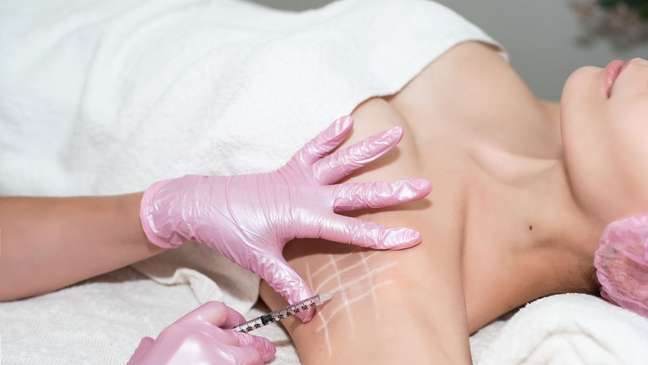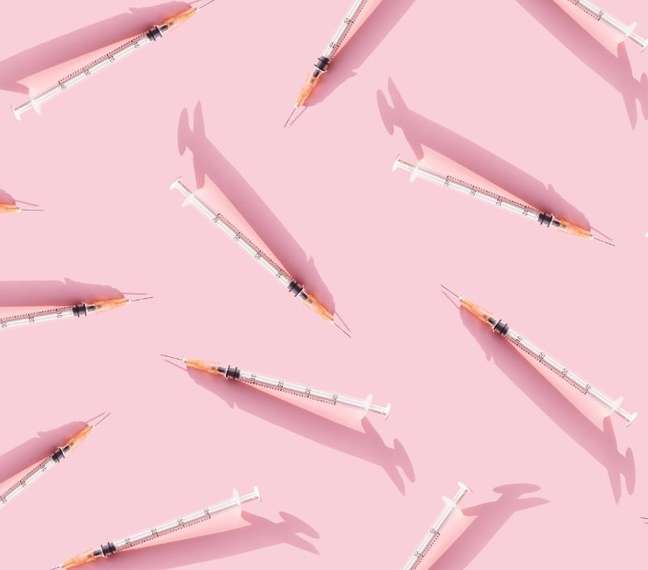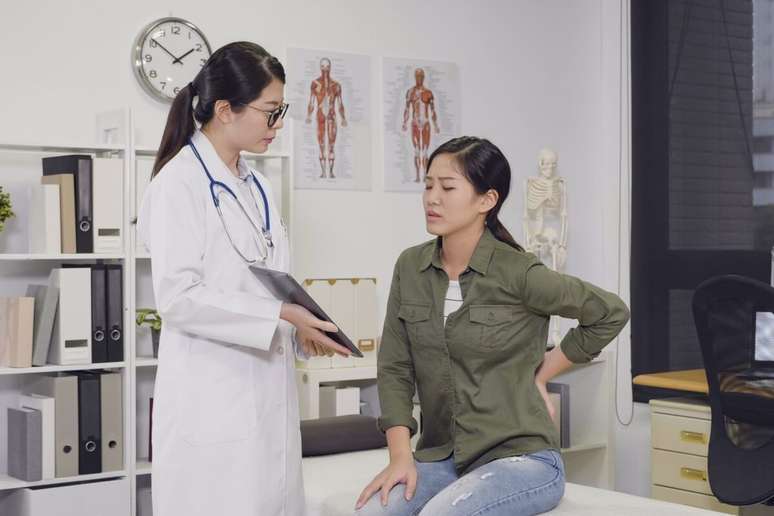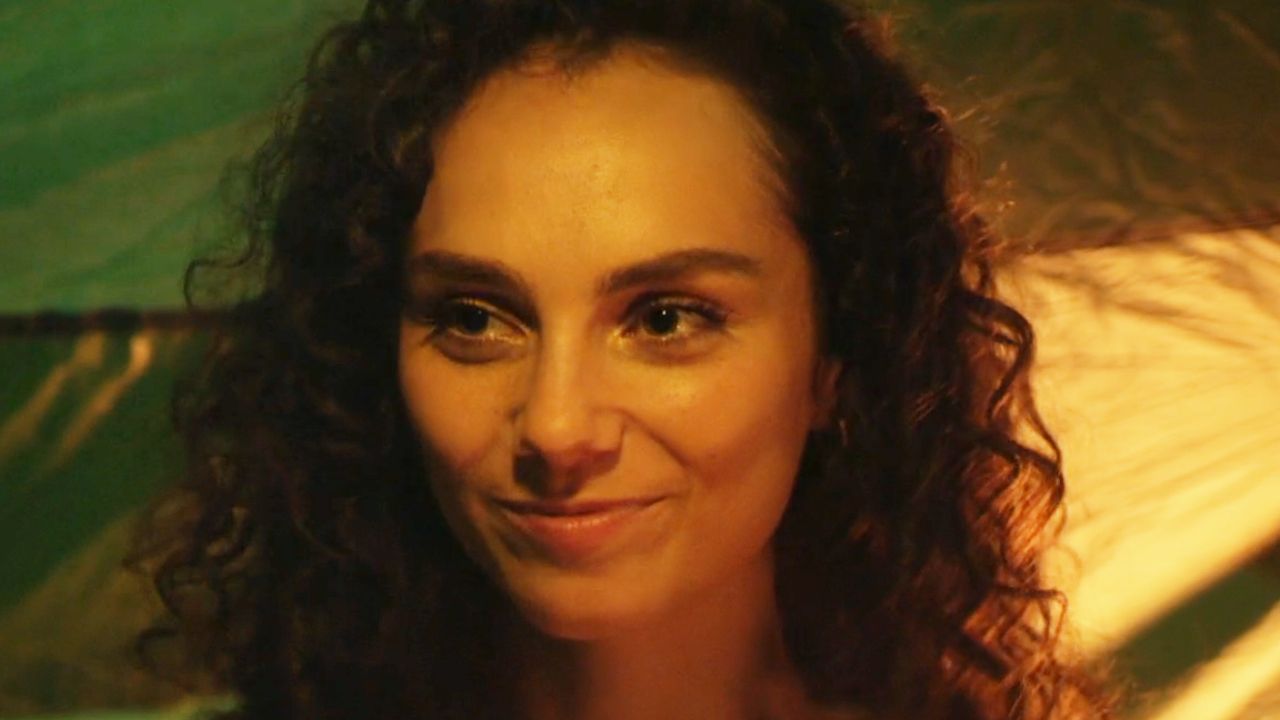Botulinum toxin – known commercially as botox – is also responsible for relieving the symptoms of other health problems; check what they are

A strong ally in the fight against aging, Botox can help mask fine lines and expression lines. But did you know that your role in health goes far beyond aesthetic issues? So it is! Botulinum toxin is also commonly used in treatments for excessive sweating, strabismus and facial paralysisas well as helping to relieve the symptoms of other problems that affect our well-being.
A study conducted by researchers from the University of California College of Pharmaceutical Sciences and published in Scientific Reports showed that thousands of people who received botox injections in six different places on the body experienced decreased symptoms. symptoms of depression.
Another problem that can also be alleviated with botulinum toxin applications is the bruxism. According to dentist Edmilson Pelarigo, applying the toxin generates muscle relaxation, which reduces pressure in the region. “The patient can already feel the results after one or two days of treatment. However, it is necessary to do it again every four or five months,” says the specialist.
Botox also plays a very important role in migraine relief. Considered by the World Health Organization (WHO) one of the 10 most disabling diseases in the world, botox can block neurotransmitters that send pain signals by applying them to specific points on the skull.
“With this, it is possible to bring some relief to the patient and, consequently, a better quality of life. As with the treatment for bruxism, however, it is necessary to do it again from time to time for the effect to remain”, he explains. Pelarigo.
Are you curious about what other health problems can be treated with the application of botulinum toxin? So, here is a list of not very famous uses of botox.

1. Arrhythmia
According to a study published in “Circulation: Arrhythmia and Electrophysiology”, a journal of the American Heart Association, it showed that Botox helps prevent arrhythmia when it is injected into the small pockets of fat (filled with muscle fibers) that surround the heart, in the post-surgical phase.
2. Bruxism
As explained above, the substance is applied to certain points of the jaw, helping to relieve the problem of teeth grinding or clenching of the teeth.
3. Depression
Patients reported a reduction in disease symptoms after applying Botox to six different parts of the body.
4. Headache (headache) and migraine
By relieving muscle tension, applying Botox to the temples helps reduce the pain known as a tension headache.
5. Strabismus
The application, done around the eyeball, paralyzes the muscle bundles that are pulling the eye too far to one side, causing the eye to align.
6. Facial paralysis
In this case, botulinum toxin is used to give symmetry to the face with the paralyzed part.
7. Excessive sweating (hyperhidrosis)
Botox is applied to parts such as the hands and armpits, paralyzing the sweat glands that cause excessive sweating.
8. Facial spasms (nervous tics)
Known as nervous tics, facial spasms are involuntary contractions of the muscles of the face. Therefore, botulinum toxin applications are able to calm these contractions by paralyzing the muscle.
9. Urinary loss
Finally, in situations like this, Botox injections are applied to the bladder wall, helping to control uncontrolled contractions of the organ and providing quality of life to those suffering from problems such as an overactive bladder.
Source: Edmilson Pelarigo, OrthoDontic Clinical Director.
Source: Terra
Benjamin Smith is a fashion journalist and author at Gossipify, known for his coverage of the latest fashion trends and industry insights. He writes about clothing, shoes, accessories, and runway shows, providing in-depth analysis and unique perspectives. He’s respected for his ability to spot emerging designers and trends, and for providing practical fashion advice to readers.







